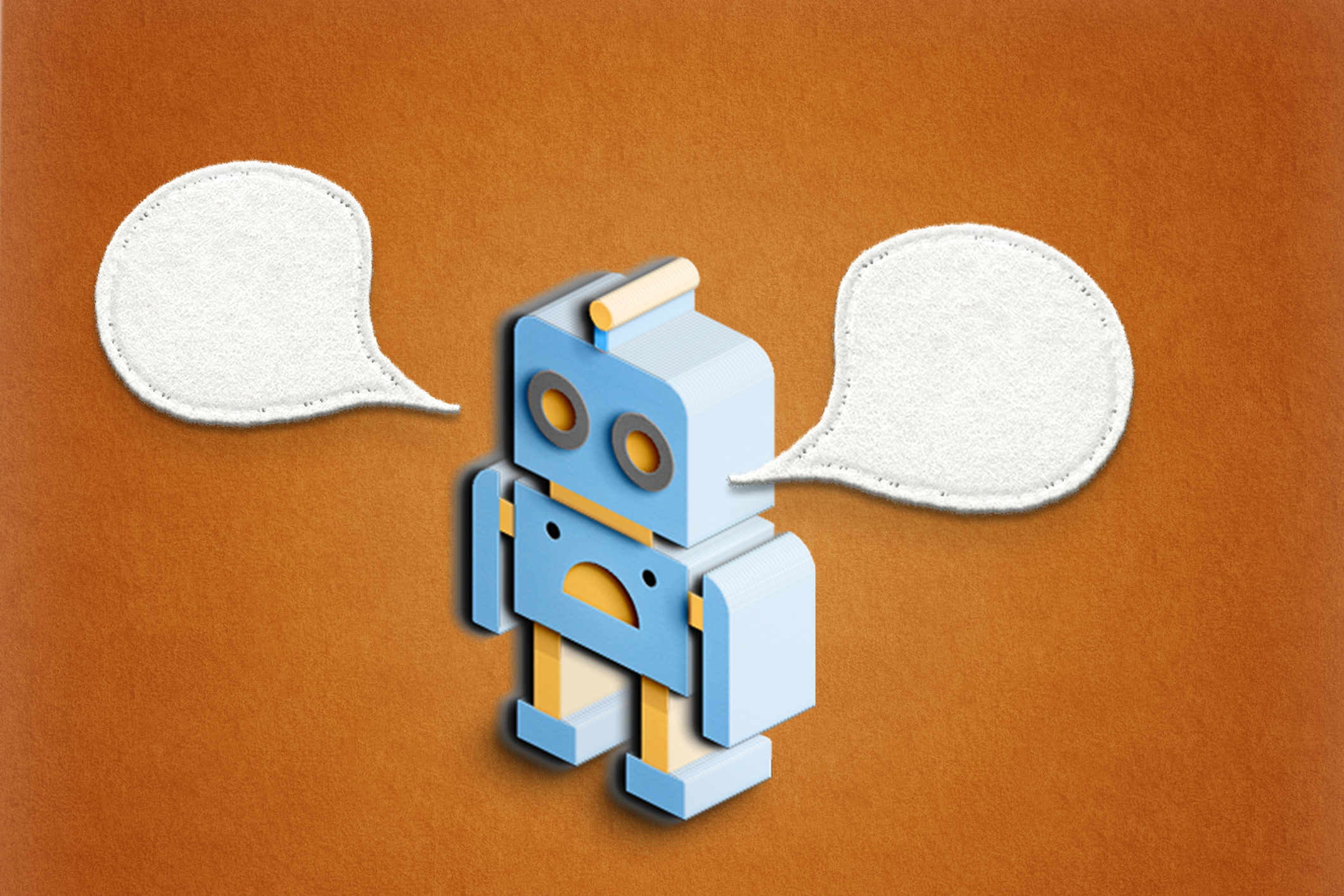From Liability to Leadership: Why AI Companion Rules Matter to Your Bottom Line
By September 2024, California’s groundbreaking Assembly Bill 3452—requiring AI chat experiences with minors to display clear “AI-Generated” labels, implement self-harm detection protocols, and publish annual reports on suicidal ideation—will take effect. At the same time, the FTC opened a 60-day inquiry (launched July 15, 2024) into seven major platforms, probing both design and monetization of “companion” features. And on July 20, OpenAI CEO Sam Altman testified that calling emergency services for at-risk users “would be a material change in our policy,” signaling that regulators expect hard, auditable interventions.
For business leaders, these developments aren’t just regulatory hurdles—they’re an inflection point. Organizations that invest now in safety, transparency, and user well-being can use compliance as a springboard for stronger brand trust, new revenue streams in regulated markets, and measurable customer loyalty gains.

Executive Impact Summary
- Rising Operating Costs: Expect a 15–25% increase in COGS from crisis-detection tooling and human-in-the-loop support.
- Liability Shift: Legal exposure now covers negligence for “engagement-first” designs. Insurers may increase premiums by up to 30%.
- Competitive Differentiation: Early adopters of “safety-first” UX report 20% higher net promoter scores in youth-oriented segments.
- New B2B Channels: Schools and healthcare providers demand auditable companion APIs—unlocking potential 10% ARR uplift in edtech verticals.
Key Elements of California’s AB 3452
- AI-Generated Alerts: Platforms must display “This response is AI-generated” at every turn for known minors.
- Self-Harm Protocols: Mandatory suicide ideation classifiers with a false-positive rate under 5% and escalation within 10 minutes.
- Annual Reporting: Publish metrics on detected crises (target ≤0.5% of sessions) by March 31 each year.
Operationalizing Safety: Feature Scope and Sample Workflows
Focus on any feature that:
- Retains user memory across sessions
- Analyzes sentiment or emotional cues
- Initiates unsolicited advice or well-being prompts
Example escalation flow:
- Classifier: Identifies phrases like “I want to end it all” with 95% accuracy.
- Scripted Response: “I’m sorry you’re feeling this way. You’re not alone. Call 988 or reply ‘HELP’ to connect to a counselor.”
- Human Triage: Route flagged sessions to a trained specialist within 10 minutes; maintain a 5-minute average SLA.
Product and Pricing Adjustments
Implement a tiered “Safe Companion Mode”:
- Free Tier (Minors): Conservative language models, time caps (15 min/session), visible AI labels, and guardian dashboards.
- Pro Tier: Extended session length, premium analytics, but includes mandatory crisis protocols. Suggested surcharge: $2/month per user.
Cost & staffing estimate:
- AI detection tooling: $0.05 per session
- Human-in-the-loop support: 1 FTE per 10,000 MAUs (~$80,000/year)
Repricing this way can recoup compliance costs within 6–9 months while positioning you as a safety-first market leader.

Success Metrics to Track
- Intervention Accuracy >95%
- Safe Off-Ramp Rate >80%
- Mean Time to Escalation <10 minutes
- Incident Report Rate <0.5% per 1,000 sessions
- NPS lift of 15 points in youth-focused cohorts within 12 months
90-Day Action Plan for Business Leaders
- Map Exposure: Audit all conversational features by August 15, 2024. Prioritize those accessible to minors.
- Age-Aware Controls: Integrate privacy-preserving age checks and default minors into Safe Mode by September 1.
- Crisis Protocols: Deploy ideation classifiers and scripted responses by October 1. Validate escalation SLAs in a pilot with 500 users.
- UX Redesign: Remove intimacy-simulating prompts and add “Exit to Resources” nudges by October 15.
- Governance & Audit: Stand up a Safety Review Board, red-team flows, and prepare documentation ahead of Q1 2025 audits.
- Legal & Insurance: Update ToS, privacy policies, and secure coverage for mental-health liabilities by November 1.
- Stakeholder Communication: Draft caregiver and press materials; schedule tabletop exercises for incident responses.
Call to Action
Ready to turn compliance into competitive advantage? Start with a free 30-minute consultation to assess your AI companion risk profile and build a tailored road map. Contact our team at ai_safety@yourcompany.com or visit yourcompany.com/ai-safety-audit.

Compliance is non-negotiable. But leadership is optional—let’s make your organization the safety-first innovator that customers trust.
Leave a Reply